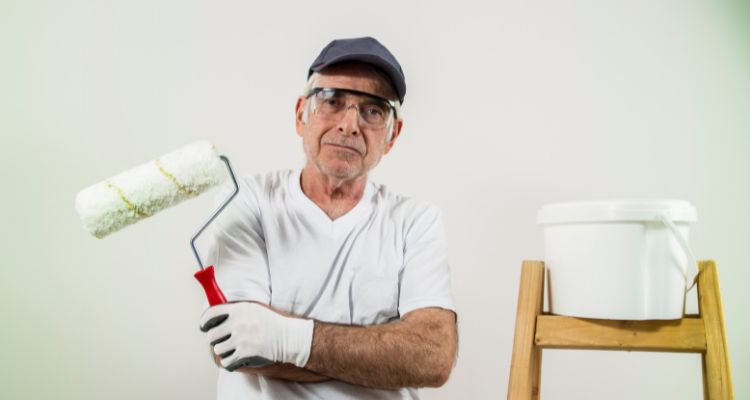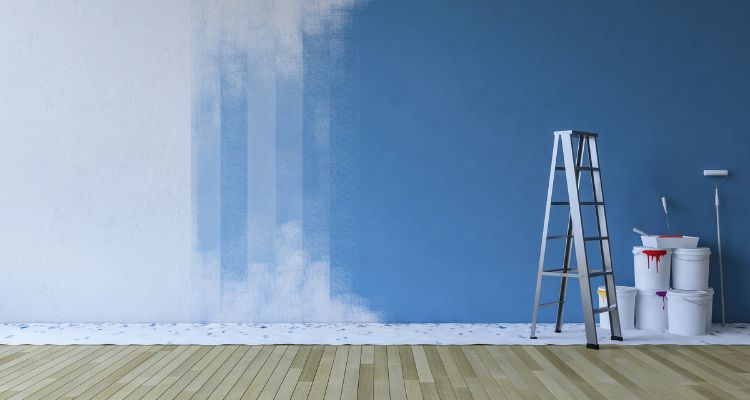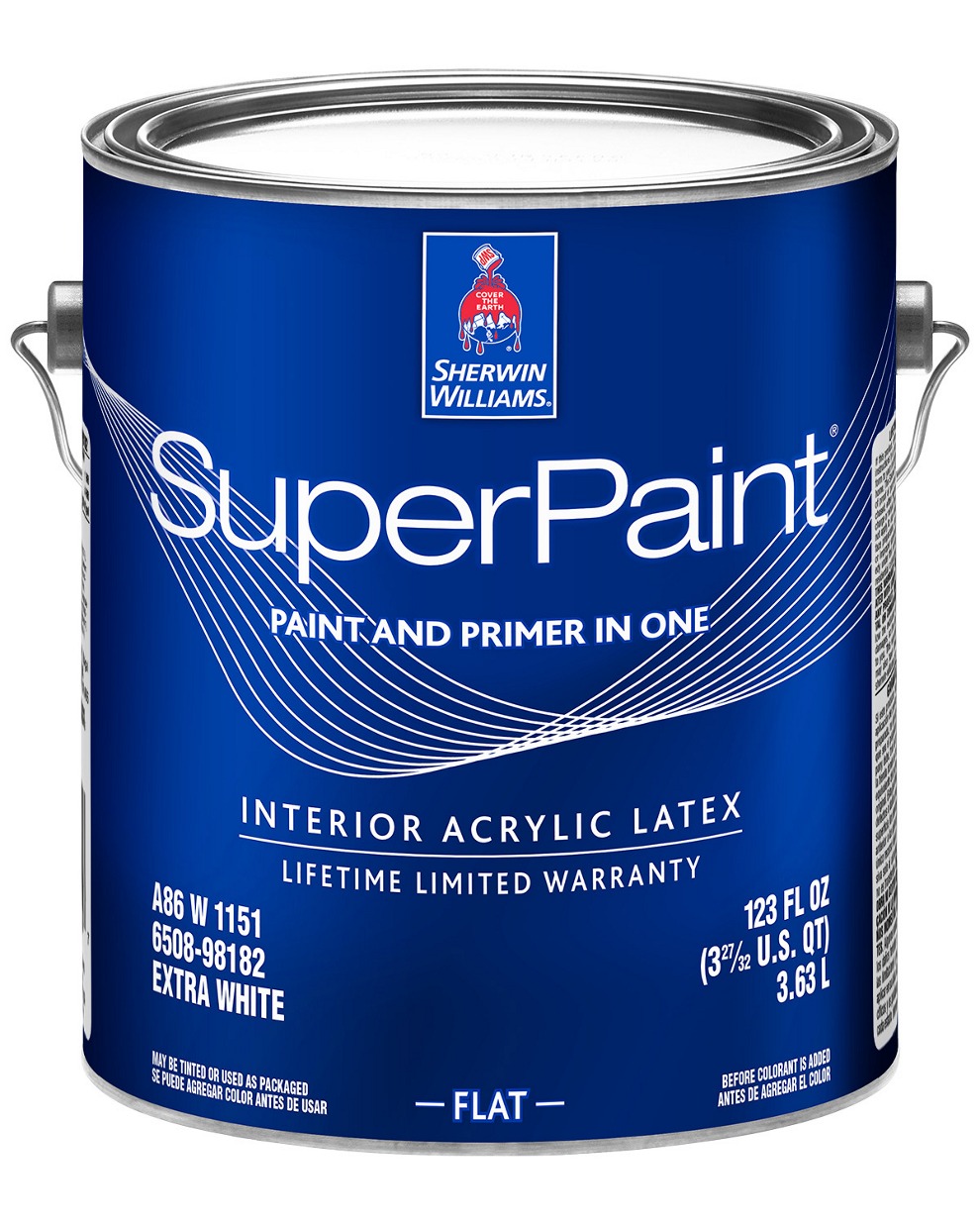Welcome to the blog where you learn how to master the art of painting and achieve a flawless finish.
Painting requires technique, which means you cannot layer paint coats on one another for a smooth finish. This piece unlocks the secrets behind one crucial aspect, the proper drying time between paint coats.
Mastering this essential step will guarantee coat durability and enhance your painted surfaces' longevity. Join us as we explore the factors influencing the paint’s drying time and discuss the best way to give your walls a professional touch.
Let’s get started!
The drying time between paint coats varies based on the paint type and environmental conditions.

The drying time between paint coats is of utmost importance. Here’s everything you need to know about the various factors influencing the paint’s drying time:
The drying time is significantly influenced by paint type and paint formulation. Different paint types like latex, oil-based, or water-based paints contain distinct chemical compositions, affecting their drying rates.

Latex paint dries relatively faster due to its water-based nature and the use of quick-drying agents in its formulation. On the other hand, oil-based paints take longer to dry because they rely on oil solvents, which evaporate more slowly. similarly, water-based paints also dry relatively faster than oil-based paints, owing to their water-based solvents and drying agents.

Always remember, oil-based paint may seem it has dried from the outside within the first couple of hours, but painting another coat will streak it. Therefore, understanding the paint chemistry, drying agents, and formulation is crucial in determining the drying time for different paint types and factors affecting paint drying time.
Besides the factors that are under man’s control, the surrounding environmental conditions also play a pivotal role in determining the interval between paint coats. Factors such as temperature, humidity, and airflow significantly impact the drying process.
The temperature directly influences the speed at which paint dries. Higher temperatures expedite the drying process and can cause premature drying. This results in inadequate adhesion and an uneven finish. Striking a balance is vital because lower temperatures extend drying time, delaying project completion.
The next factor that affects paint drying is the level of moisture in the air. If you reside in a place with high humidity, the presence of moisture in the air can retard paint drying, leading to longer coating intervals. Low humidity can facilitate faster drying. Achieving an optimal humidity range prevents potential issues of blisters or peeling paints.
Proper air circulation within the painting environment is essential for efficient paint drying. Adequate ventilation facilitates the evaporation of solvents in the paint, promoting a smooth and even drying process. Without this, dust particles can settle on the painted surface, marring the finish.
Painters must be mindful of the local climate when planning the coating interval. Different regions experience varying temperature and humidity levels throughout the year, which require adjustments in painting techniques to achieve desirable results.
The thickness of each paint coat determines the intervals between coats. When a thick paint layer is applied, it tends to dry more slowly due to the increased volume of solvent that needs to evaporate. This results in surface defects, such as wrinkling, sagging, or uneven drying.
Once you start painting, the paint build-up impacts the drying time. Over time, thick coats take longer to dry than several thin coats. Proper paint application technique is essential to ensure even coverage and avoid excessive layer thickness.
The drying time of paint between coats can be influenced by the colour and pigmentation used. Darker or heavily pigmented paint colours have increased opacity, and as a result, they block underlying layers more effectively. Such paints can take longer to dry due to the extra layers of pigments.
By allowing sufficient drying time, you ensure a flawless finish and prevent wrinkling or adhesion problems. This requires you to understand the interplay of colour, pigmentation, and paint opacity to achieve an aesthetically pleasing paint finish.

Now that you have learned about the factors that influence drying time, how long should you wait for the paint to dry between coats?
Following the paint manufacturer's guidelines for recommended drying times between coats will make your painting project successful. You can find these guidelines on the paint label instructions with information about the optimal coating intervals. Following these instructions ensures proper paint adhesion and long-lasting results.

Paint drying guidelines specified by the manufacturer take into account various factors like temperature, humidity, and paint type, which significantly influence the drying process. Waiting for the appropriate time between coats allows the first layer to dry and cure properly, creating a stable foundation for subsequent layers.
The drying time between paint coats varies based on the paint type and environmental conditions.
To achieve the best results, follow the average coat interval, waiting for the paint to dry within the recommended range before applying the next coat. This process ensures proper adhesion and a smooth, lasting finish for your painting project.
Do you think it would be wise to pick a roller brush and paint the walls without making pre-paint preparations?
This brings us to focus on a crucial practice for proper surface preparation. The first step to achieving a pristine look of the walls is assessing the surface condition. This needs a thorough cleaning of the surface to remove dirt, grease, and contaminants.
Allowing adequate drying time between paint coats is quite important for achieving a flawless finish. Each coat needs time to cure, ensuring proper adhesion and durability. Rushing this crucial step risks uneven texture, streaks, and compromised color integrity.
The easiest way to clean the walls is to wipe off the dust and clean them with a mild detergent and a cloth. Next, sand the surface to create a uniform texture and get rid of old paint. This is helpful in promoting better paint bonding.
Ensuring the surface condition is ideal for painting and maintaining adequate coating intervals allows each coat to dry effectively and produce a long-lasting, professional finish.
Professional painters know through experience when the paint coat layer has dried and is ready to be repainted. But if you are just starting out, follow these four steps and learn proper drying evaluation.
Remember that achieving a professional paint finish on the walls may seem challenging but it is not difficult. Improve your judgement of paint drying intervals and you have cracked the hack to long-lasting paint.
Do you want your paint to stand the test of time and be of a professional finish?
As easy as it may sound, we all want to get done with the painting as quickly as possible. In that haste, we forget that each paint colour has its own pigment and solvent concentration that demands adequate drying.
Yes, you heard it right.
Our final tip for a successful paint job is to allow sufficient drying time between paint coats. Proper paint layering ensures optimal adhesion, durability, and a flawless finish.
To recap, the important takeaways are to always follow the manufacturer's guidelines for drying periods, perform the surface touch test to assess dryness and tackiness, and consider environmental factors that can influence drying times.
If you follow our suggestions, you can ensure a long-lasting paint job that will leave your surfaces looking impeccable for years to come.